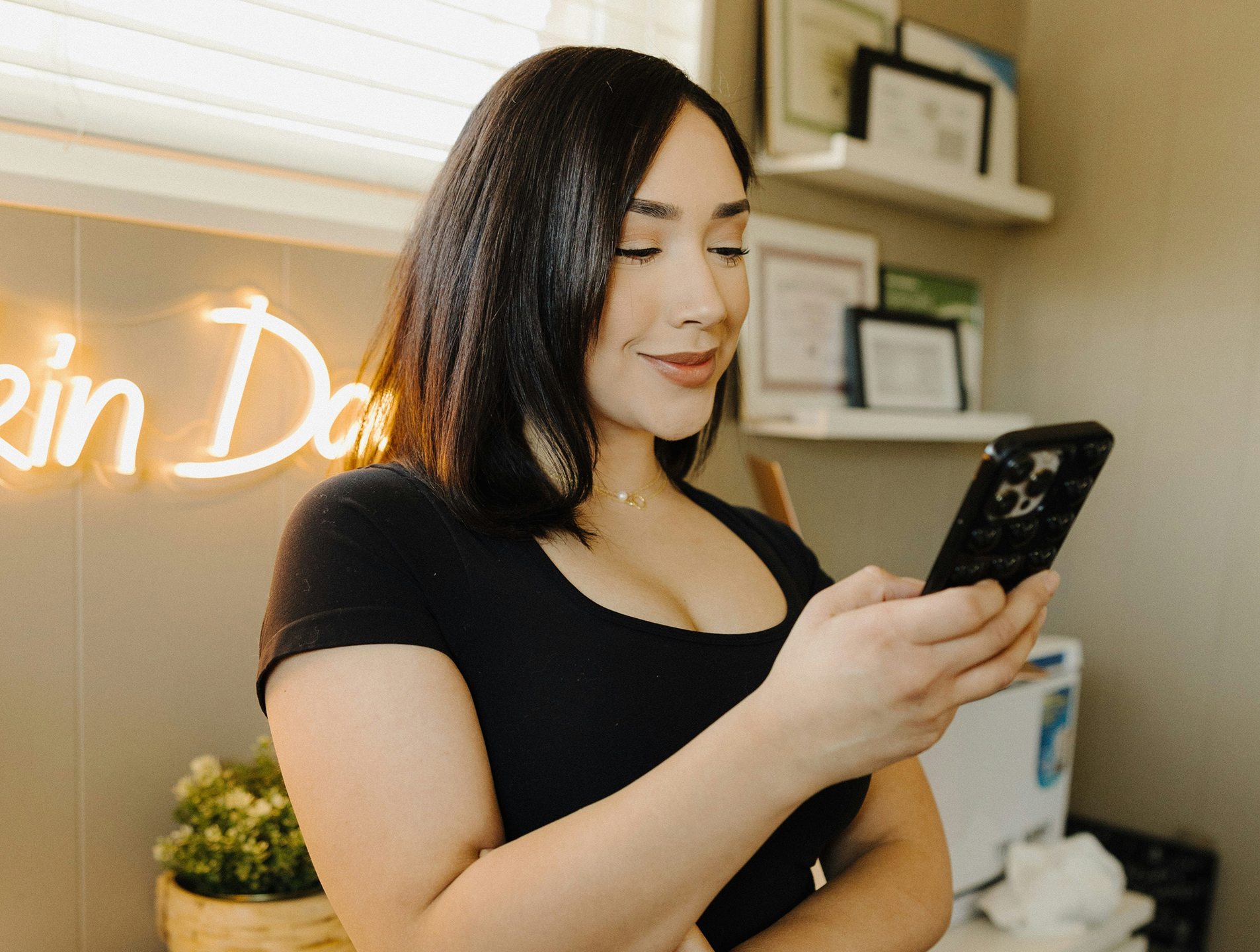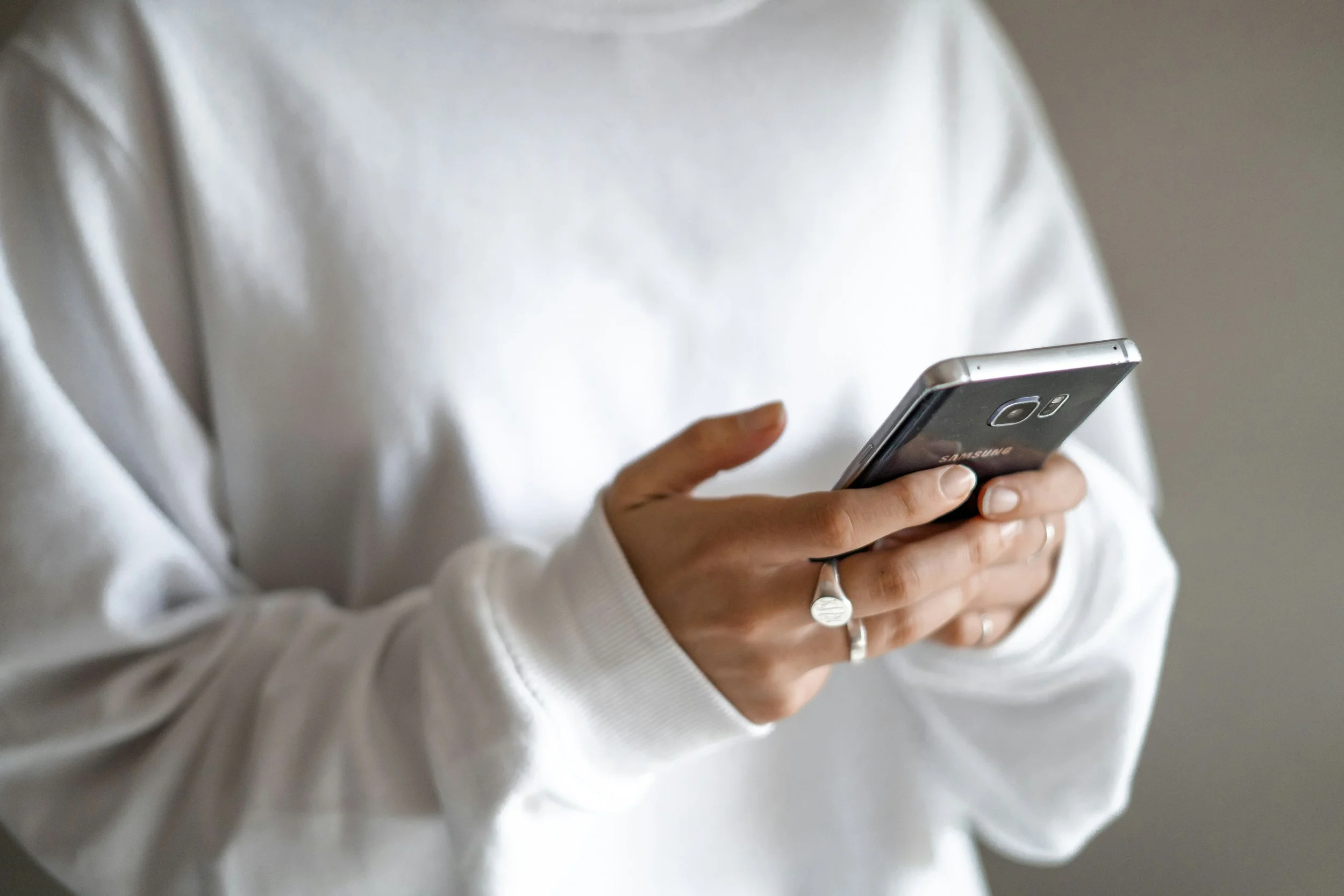5 Signs Your Beauty Brand Needs a Mobile App
Table of Contents
The best beauty brands don’t just sell products. They build worlds.
From skincare routines to makeup tutorials, your customers want to feel part of something bigger. They want to feel connected to your brand. And today, these connections happen on mobile.
You have a website, and it looks and works great on mobile. But a website alone might not be enough to create the strong, mobile-first link you want between your brand and your best customers.
A mobile app is your chance to bring it all together: your products, content, and community in one branded experience.
And for certain types of beauty brands, a mobile app can be a serious growth lever.
If your beauty brand shows any of these signs, it’s time to think seriously about launching your own app.
#1: You Sell a Large Number of SKUs Over a Wide Range of Categories
When you’re offering hundreds of products across categories like skincare, makeup, hair, body, tools, and accessories, your biggest avenue for growth isn’t new customers. It’s getting your existing customers to buy more.
Apps are the perfect discovery engine. They keep shoppers engaged for longer, and encourage more sessions, which gives more opportunities for your customers to discover new products.
Studies find app users view 4.2x more products per session, spend an average of 4-7 minutes in each session (vs 1-2 minutes on the mobile web), and come back for 2-4 sessions per month (while 85% of regular online shoppers never return).
Apps also let you provide a smoother, more intuitive experience for mobile shoppers, with small improvements to navigation that make it easier to find all your products and categories.
The end result is a branded environment that lets you display your entire catalog in front of your customers, and directly increases AOV, purchase frequency and LTV.
#2: You Sell Both Products and Services
You might sell skincare and cosmetics online, while also offering services like facials, brow treatments, lash extensions, or skin consultations in-store.
That mix is powerful, but it can also create friction. Your customers switch between buying products and booking appointments, often on different systems or platforms.
A mobile app brings those touchpoints together into a single platform. With a seamless user experience.
With an app, customers can easily book, reschedule, or check appointments, and while they’re there, browse or reorder their favorite products. Each time they open the app, it’s another opportunity to make a sale.
This “one-stop” model makes life easier for your customers, but also naturally increases purchase frequency.
The same app that manages their next facial can also suggest post-treatment products, show what’s back in stock, or notify them when their next refill is due.
The app is a bridge connecting your digital store and your physical experience, and helps you build stronger, more consistent relationships with your most valuable customers.
#3: Repeat Customers Are a Large Part of Your Business
A mobile app is a perfect fit for brands that are built on repeat purchases (like the majority of beauty brands are).
It gives customers a faster, easier way to return, with just a tap from their home screen to restock, discover new products, or redeem rewards.
The difference in friction between this, and having to remember and type a URL every time, is night and day.
And even better, apps give you a powerful new channel to drive repeat purchases: push notifications.
With push notifications, you gain a direct, cost-free line to your best customers. You can get in touch with your customers directly on their lock screen, wherever they are, with no filtering, no per-send cost, no algorithms.
On a message-by-message basis, push is more effective than email, or even SMS (which costs more, and are beginning to get filtered out the same way as emails).
This channel lets you reach your app users instantly, with tailored messages that bring them back at the perfect time, whether it’s a refill reminder or a new product launch.
#4: You Frequently Launch New Products, Collections, or Limited Drops
If you’re regularly releasing new products, seasonal collections, or limited-time drops, your ability to get the word out makes or breaks your results.
With just a website, your launches rely on channels that are becoming less effective: social feeds that throttle your reach, emails that land in crowded inboxes, and ads that get more expensive every year.
Mobile apps and push notifications are different. As we discussed earlier, they’re a direct, cost-free way to contact your audience.
Better yet, push notifications land in front of your best customers. Those who downloaded your app, self-selecting themselves as VIPs, the customers most likely to take action when you have a new shade or collection out.
And real-time delivery makes them perfect for limited-time drops where timing is everything.
#5: You’re Building a Content-Led Brand
Tutorials, ingredient explainers, skincare routines, and influencer content are all part of the customer journey.
But the challenge is that this content often lives across different platforms (Instagram, YouTube, TikTok) where you don’t control the experience or the algorithm.
These channels are borrowed ground. Your content lives next to thousands of distractions and competitors. Your control over the customer’s attention is limited, before they scroll on to the next video.
What if you could cut out those distractions, and bring the experience under your own roof?
Just like your audience opens TikTok or Instagram out of routine, your most loyal customers can develop the same ritual with your app: scrolling your latest tutorials, checking new products, or reading your skincare tips.
And unlike social media, every second they spend in your app happens inside your ecosystem, surrounded by your brand, your products, and your calls to action.
It’s engagement that naturally drives sales, not just awareness.
The Business Impact of Launching a Mobile App
When you cut through the noise about “engagement” and “experience,” the real reason beauty brands launch apps comes down to one thing: impact on the bottom line.
A mobile app drives measurable results across the metrics that matter most:
Higher average order value (AOV) — app users browse more products per session and add more to their carts.
Higher purchase frequency — they shop more often because your brand is just a tap away.
Higher margins — every sale that comes through your app is acquisition-free; you don’t pay for clicks, impressions, or email sends.
Higher lifetime value (LTV) — stronger loyalty and repeat buying give you more margin to reinvest in growth.
You can see this clearly from beauty brands already using apps.
Heavyweight brands like Sephora are an easy example to point to; they generate billions in annual revenue, and with how popular their app is (over 425,000 ratings in the app store at an average of 4.9/5), it’s easy to assume their app could do more than 9 figures per year.
But apps are just as valuable (perhaps even more so) for smaller, independent brands; not just global giants.
Canadian brand Kiokii gets 35% of their total online revenue through their app, with 6.7x higher revenue per user compared to web shoppers.
MASC, a men’s skincare and grooming brand, drives 20% of total revenue and 5.1x higher revenue per user through theirs.
Yon-Ka Paris, a boutique, high-end luxury skincare brand, also gets 20% of their online sales through their app.
These numbers show how significant an app can be as a sales channel, contributing from 20-35% of these brands’ online revenue. That’s not a minor part of your business.
How to Launch Your Beauty Brand’s App
Many beauty brands know a mobile app could unlock stronger loyalty and higher revenue; but the blocker is the perceived time, money and resources needed to launch one.
Today, though, there are many ways to launch a mobile app for your brand, without having to spend hundreds of thousands on a complex development project.
There are dozens of no-code tools in the Shopify App Store that cut down the time and effort needed to launch your own app.
Or, even better, managed services like MobiLoud, which turn your existing site into a mobile app (for around the same investment as a DIY app builder).
The advantage with a service like this is being able to convert all your website’s features over to your mobile app.
Your loyalty program, subscription setup, custom PDPs, shoppable videos, reviews, bundles, kits, and more all work in your app by default.
You provide the same, fully-optimized, on-brand experience as your website, with the upgrades that an app provides – frictionless access for your app users, smoother navigation, and a direct line to your best customers, with push notifications.
Final Thoughts
At some point, every growing beauty brand hits a ceiling with their mobile website. You can optimize endlessly (faster load times, better navigation, prettier product pages) but you’ll still be missing the deeper connection, convenience, and loyalty that only an app can deliver.
A mobile app can provide stronger retention, higher margins, and a direct line to your best customers.
And today, it’s within reach for just about any brand to launch their own app. You don’t need the resources of Sephora to launch an app that has a similar impact.
If your brand depends on repeat sales, product launches, and loyal customers who love your story, it’s time to make your brand a permanent part of their daily routine.
Must read














